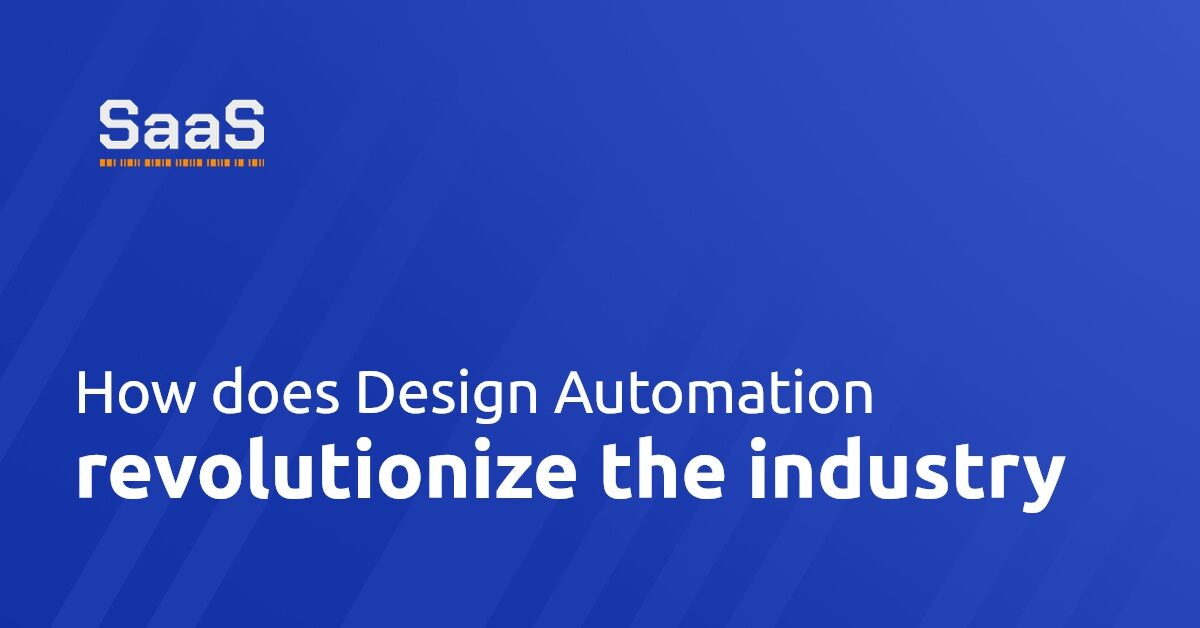How does Design Automation revolutionize the industry?
The explosion of digital innovation has undeniably shaken the core of various industries, and central to this transformation is Design Automation. A dynamic union of artificial intelligence and intuitive software, design automation is changing the course of manufacturing and design landscapes. It relieves designers from repetitive manual tasks, paving the way for them to focus on the strategic and innovative aspects of their projects.
Under this radical change, the industry levitates towards smarter, faster, and more accurate designs. Design Automation leverages algorithmic decision-making and machine learning, allowing the software to create and modify designs independently. It eradicates the constraints of traditional design systems, enabling limitless possibilities within a fraction of the time, and revolutionizing industrial operations.
Exploring the practical applications of Design Automation.
We encounter design automation in our everyday lives – from smart homes and self-driving cars to digital advertising and wearable technology. In automotive industries, manufacturers leverage design automation for electrical schematics, streamlining the evolution of fully-electric vehicles.
Similarly, the semiconductor industry uses design automation to design and develop intricate circuit and systems architectures. In contrast, civil engineering sectors use automated design software for constructing infrastructure considering the efficiency and sustainability factors.
From the textile industry employing computer-aided design for patterning and grading to the aerospace industry betting on design automation for creating highly-secure systems, the footprint of this technology is everywhere.
What are the benefits of utilizing Design Automation?
The primary lure of Design Automation is increased efficiency and productivity. With automation dealing with intricate tasks, projects are delivered faster without compromising quality. Moreover, repetitive tasks and subsequent potential for human mistakes are eradicated, ensuring precise and consistent output.
Design automation enhances the opportunities for innovation in design. It enables designers to create several versions of a model and compare them in real-time, leading to better decision-making. The merger of machine learning capabilities with design can lead to predictive modeling, further enhancing the design process.
Finally, design automation significantly reduces the manual workload, freeing up engineers to address more complex and strategic work. This not only amplifies productivity but also boosts morale and job satisfaction amongst the workforce.
A closer look at the future potential of Design Automation.
The possibilities of design automation are burgeoning without any signs of deceleration. As AI and machine learning technologies continue to advance, so will the capabilities of design automation. Future iterations promise to be more intuitive, learning and adapting from their interactions to deliver more sophisticated outputs.
Design Automation has begun to transition from 2D design to more complex 3D models, accelerating the development of digital twins. Moreover, as the Internet of Things (IoT) and big data continue to shape the future, design automation will undoubtedly play a pivotal role in integrating these technologies to deliver smarter and more efficient solutions.
In conclusion, design automation is no longer just an innovative proposal; it is the next big leap propelling industries into a future of limitless potential and opportunity. With its ability to combine the best of human creativity with the efficiency and accuracy of machine precision, it promises to push the boundaries of what we can achieve.








